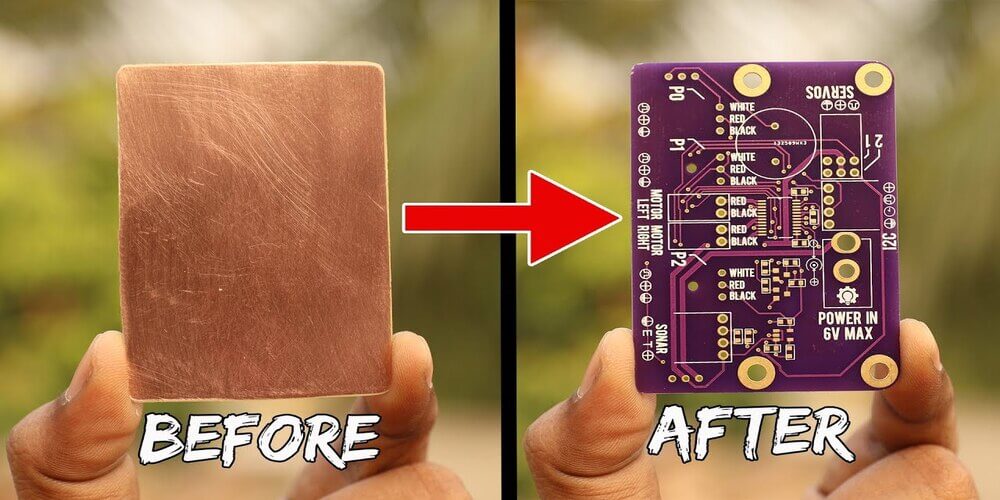If you ever opened up one of your toys as a child and saw a green board with some gold lines running through it and wondered what it was, you are not alone. Not just toys, but any electronic product you can think of uses these green, or black, or blue or whatever color boards. Things as little as a pager and as big as a supercomputer all have these boards. But, what are they?
These boards are called Printed Circuit Boards, or PCBs in short. Some also call them printed wiring boards and printed wiring cards, but printed circuit boards are the most common term. A PCS is a circuit board that has lots of wires, lines, and points connected together. A few years back, there were no printed circuit boards.
Instead, these circuit boards were made manually by connecting wires across all the points. It was a very time-consuming process, and it also led to wire mix-ups and problems in the circuit boards. But now, thanks to continuous technological advancements, PCBs have evolved into a much more complex but stable state.
You can see an example of a China PCB in the picture below and see how many components are integrated into a single unit to make everything work.
What Do Printed Circuit Boards Do?
Now the question arises that what is the purpose of these printed circuit boards. Well, PCBs have multiple functions inside an electronic product. The sturdy fiberglass boards made up of a lot of different materials act as the physical support and the skeleton of the device, as well as the connectors too.
These boards support the different parts of the appliances and keep them in place, and they carry and transport the electric current and all the data and information throughout the device. So, you can say that the printed circuit boards are the basic building blocks of an electronic device.
Applications Of Printed Circuit Boards:
The printed circuit boards were a real leap forward from the traditional and complex circuit boards. The compact size made them the perfect choice for almost every type of electronic and mechanical device. That is why almost all the major industries quickly switched to the printed circuit boards. Here are just a couple of examples of how different industries have benefited from the continuous advancements of printed circuit boards.
- Aviation: The applications of the different types of printed boards in the aviation and aerospace industry are huge. The compact but durably built printed circuit boards allow the aerospace manufacturers to fit more controls in an airplane without taking too much space. These PCBs have also been a huge help in the automation of drones and satellites. When using these printed circuits, the chances of disconnection of wires and malfunctions will reduce. In short, the printed boards bring some much-needed reliability to the aviation industry.
- Medical: Another industry that benefited greatly from the smaller size and lower price of the printed boards is the medical industry. Every day, there is a new device or medical equipment released to the market. With the thinner and compact circuits, the devices and equipment get compact and much more budget-friendly too. Take the example of a hearing aid. Thanks to the new, tiny, and flexible circuit boards, hearing aids are now so much smaller and so much cheaper that anyone can afford one, which wasn’t the case a few years back.
Conclusion
Printed circuits board holds a lot of importance in our lives. In the medical field alone, the advancements in the printed circuit board design have had a huge impact on our daily lives, without us ever realizing it.
